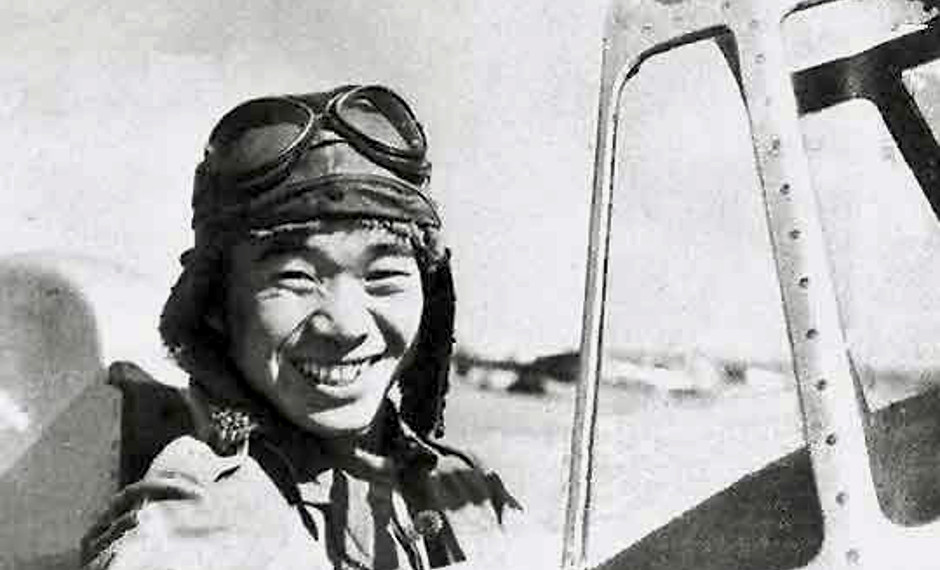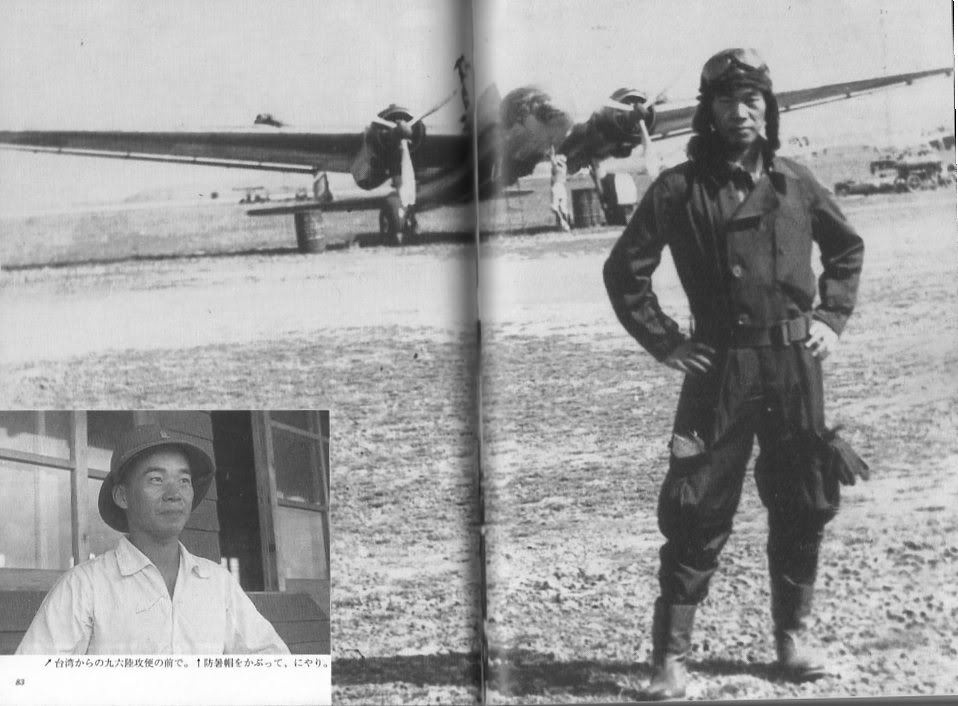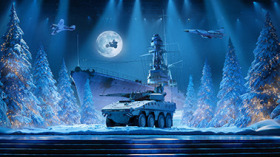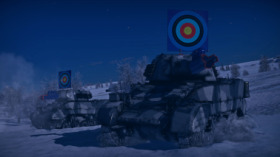
- For PC
- For MAC
- For Linux
- OS: Windows 10 (64 bit)
- Processor: Dual-Core 2.2 GHz
- Memory: 4GB
- Video Card: DirectX 11 level video card: AMD Radeon 77XX / NVIDIA GeForce GTX 660. The minimum supported resolution for the game is 720p.
- Network: Broadband Internet connection
- Hard Drive: 23.1 GB (Minimal client)
- OS: Windows 10/11 (64 bit)
- Processor: Intel Core i5 or Ryzen 5 3600 and better
- Memory: 16 GB and more
- Video Card: DirectX 11 level video card or higher and drivers: Nvidia GeForce 1060 and higher, Radeon RX 570 and higher
- Network: Broadband Internet connection
- Hard Drive: 75.9 GB (Full client)
- OS: Mac OS Big Sur 11.0 or newer
- Processor: Core i5, minimum 2.2GHz (Intel Xeon is not supported)
- Memory: 6 GB
- Video Card: Intel Iris Pro 5200 (Mac), or analog from AMD/Nvidia for Mac. Minimum supported resolution for the game is 720p with Metal support.
- Network: Broadband Internet connection
- Hard Drive: 22.1 GB (Minimal client)
- OS: Mac OS Big Sur 11.0 or newer
- Processor: Core i7 (Intel Xeon is not supported)
- Memory: 8 GB
- Video Card: Radeon Vega II or higher with Metal support.
- Network: Broadband Internet connection
- Hard Drive: 62.2 GB (Full client)
- OS: Most modern 64bit Linux distributions
- Processor: Dual-Core 2.4 GHz
- Memory: 4 GB
- Video Card: NVIDIA 660 with latest proprietary drivers (not older than 6 months) / similar AMD with latest proprietary drivers (not older than 6 months; the minimum supported resolution for the game is 720p) with Vulkan support.
- Network: Broadband Internet connection
- Hard Drive: 22.1 GB (Minimal client)
- OS: Ubuntu 20.04 64bit
- Processor: Intel Core i7
- Memory: 16 GB
- Video Card: NVIDIA 1060 with latest proprietary drivers (not older than 6 months) / similar AMD (Radeon RX 570) with latest proprietary drivers (not older than 6 months) with Vulkan support.
- Network: Broadband Internet connection
- Hard Drive: 62.2 GB (Full client)

How much do you know about aces, engineers and historical characters? Usually our knowledge is limited to such sources as online encyclopedias and short notes in a game’s news. After so many years after the war really important discoveries are extremely rare and personal contact with such people is what one may only dream about, thus every single piece of information like this, is invaluable. One of our War Thunder players decided to share it with you, we are extremely grateful and we hope you will be too.
Here, at the suggestion of the administration, I would like to tell you about my personal meeting with the legendary Japanese flying ace Saburo Sakai. This meeting was surprising to me in many respects, and to be honest, before I met him, I knew almost nothing about him, since I hadn’t looked into the history of Japan in World War II in much depth. Being satisfied with common knowledge, all I knew was that there was a Japanese pilot who survived after taking a high-caliber machine-gun bullet to the head, a unique case in military medicine. However, even that information I took to be a military tale on the level of “the more blockheads in the army, the stronger the defenses”, but I memorized neither the name nor the biography details of this Japanese pilot. Back then, I, as a former Soviet pioneer and “certified aviation club member”, was far more interested in aviation stories from the Great Patriotic War. I read the memoirs of Pokryshkin, Vorozheykin, the aircraft designer Yakovlev and many others. As for what happened in the Pacific Theater – I wasn’t that interested. Who would have thought that in March 1997 in Japan, I’d meet this “bullet-proof” Japanese pilot face to face?
I could write at length about how I ended up in Japan and how that memorable meeting with Saburo Sakai took place, but I won’t – that’s a long story for another time. All I’ll say is that on one fine day, my Japanese comrades suggested that I attend a mini-conference at an aviation club in Okayama, where this storied Japanese flying ace was to give a speech. By that time I knew Japanese pretty well, and I agreed mostly out of politeness, expecting to have a very boring time at the conference. Oh, how mistaken I was! After that meeting, I gained a strong interest in the history of Japanese aviation and studied plenty of material to get a complete understanding of what Saburo Sakai had spoken about. I can’t reproduce everything that the Japanese flying ace said at that meeting word-for-word, so my story will take the form of a kind of summary by memory, sprinkled with my comments.

First of all, Saburo Sakai gave the impression of a “young man aged around eighty” – he was upbeat, energetic, affable and very positive, and none of these characteristics seemed contrived, but rather very natural. He looked over the audience with interest, identified the foreigners among us, asked where we were from and greeted us separately. Learning that I was from Russia, he didn’t say the usual Japanese “ooo samui ne” (oh, so cold!) which I’d already become accustomed to. Instead, he said he was very glad to meet someone from a country renowned as a leader of aerospace engineering, and added that he’d always wanted to visit the Gromov Flight Research Institute museum. That moment really stood out to me – I understood right away that he was, at the very least, no ordinary man. The audience hesitated to start asking questions, so Saburo Sakai began to talk himself, stating that it would be best for him to answer the “standard” questions right away without waiting for them to be asked. This was far from ordinary, since in Japan, it is customary for conference attendees to decide in advance who would ask which question and in which order. Since we hadn’t had the chance to do this, Sakai-san got us out of this difficult situation by leading the parade, so to speak. This was the second moment that made me think that he was an extraordinary person, willingly to boldly break existing social rules when they get in the way of the matter at hand. I hadn’t seen that quality among the Japanese very often.
Saburo Sakai began by telling us why he decided to serve in the navy. The circumstances in which he found himself at age sixteen are made perfectly clear in his autobiography, but the true underlying reason for his choice wasn’t so simple.
“Remember that existence defines your consciousness!” said Sakai-san. “For us, the youth of the Taishō period and the early years of the Shōwa(*) period, if we wanted to get into civilian service, but did not have rich or influential relatives, we didn’t have much choice. At that time in Japan, there were three main political groups, and accordingly, three types of government service – civilian service, the army, and the navy, and these three “corporations” waged a fierce war for power and influence. Civilian service required an education, and that meant making good progress in study, which I didn’t make. The army was a clan-like structure, and extremely nationalist. Rather than intelligence, the army command used insane aggression and unscrupulousness in their methods to achieve influence. None back then spoke of this aloud, but everyone knew that it was the army that stood behind the rebellions. The army was also responsible for the assassination attempts against politicians and public figures that protested the aggressive course that Japan was taking. When people speak of Japanese militarism and its ideologies, they refer mainly to the army. The army command, having fully captured power in Japan itself at the beginning of the 40s and finding itself entirely incapable of taking a step back, became the main initiator of the war with the Western Bloc on the Pacific Ocean. It was the army that committed the very worst war crimes, crimes that Japan still pays for to this day. With all this going on, the idea of joining the third military and political clan, i.e. the navy, was a very tempting prospect. The leadership of the navy had a reputation as a far more intellectual community, one that propagated far more liberal and less aggressive views on international politics. Thus, the more educated youth strove to join the ranks of the navy. All the same, none of this made life easier for the new recruits.”
(...)
You can read full interview here!
-KREBS- Snoll.
Written specially for warthunder.ru




Comments (31)
Excellent read. Thank you for sharing.
interviews from veterans (all nations) are highly valued and becoming increassingly rare. They are highly prized amongst historians as it gives us an inside picture of ww2 from there point of view . welldone mr snoll and thank you for sharing this with us. I would love to know what our remaining veterans think of WT . Very good job indeed
I find it somewhat sketchy that Gaijin had an interview with a guy that's been dead since the year 2000. What reason would they have to keep the interview from us for the past few years, since they had it logged from 16+ years ago?
Thank you, thank you for this article! Must say tears were welling up. And may God keep Mr Sakai.
will there be a plane added like Saburo Sakai A6m2 zero or something like that?
Submit a complaint